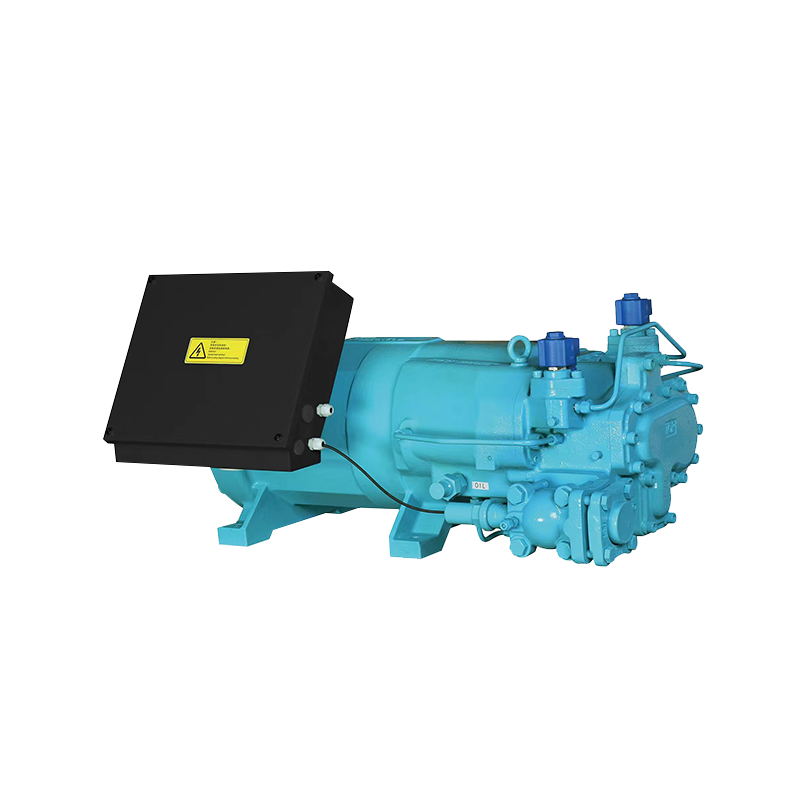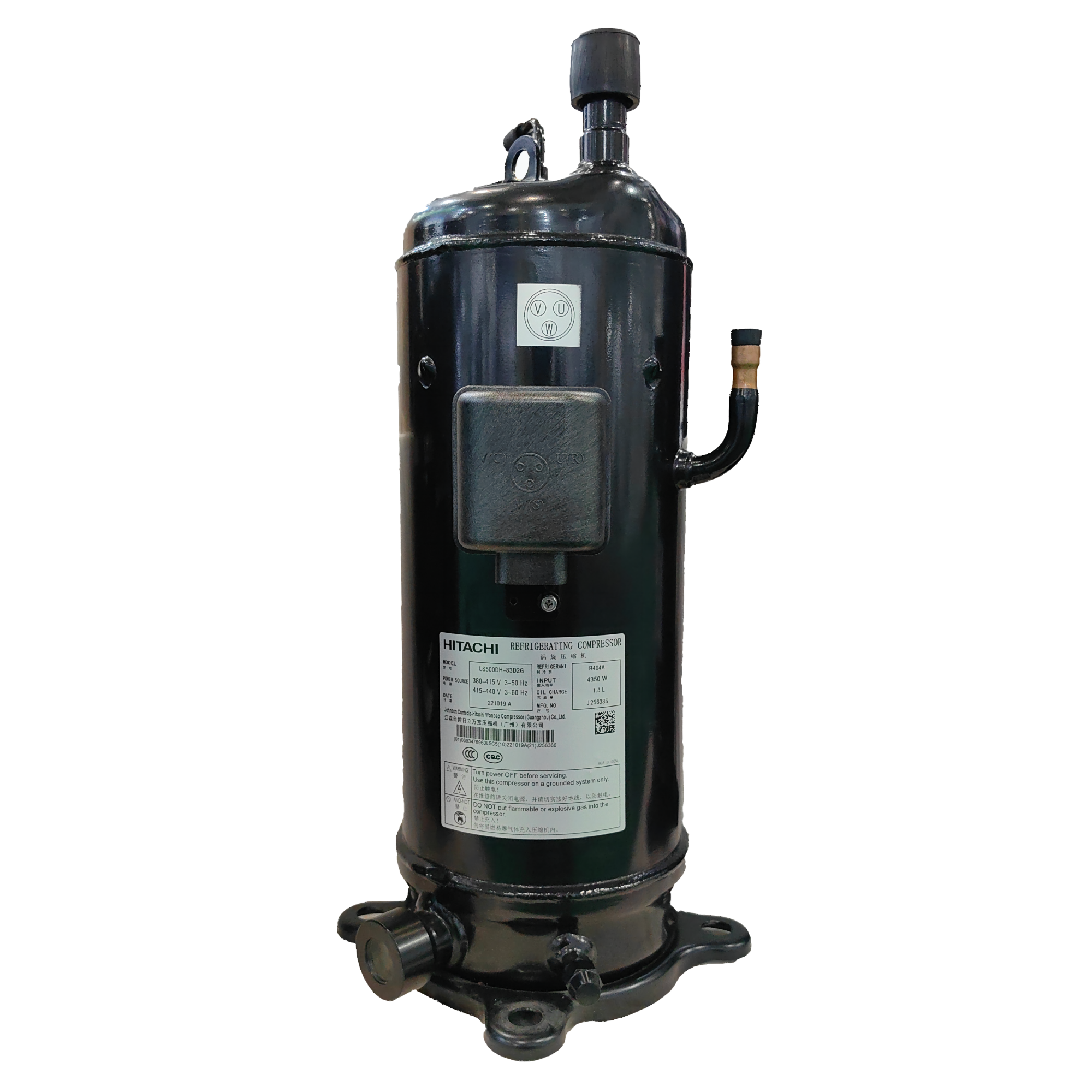A Cold Room is a device specially used to maintain a low temperature environment. It is widely used in many fields such as food, medicine, chemical industry, and agriculture. Its main function is to ensure that the items remain fresh, safe, and effective during storage by controlling the temperature. The use of a Cold Room can not only extend the shelf life of the items, but also prevent bacteria from growing, deteriorating, or chemically reacting, thereby ensuring the quality and use value of the items.
In a Cold Room, the insulation board is one of the key components. We use rigid polyurethane (PU) high-pressure foaming technology. This material has excellent thermal insulation performance and good pressure resistance, which can effectively reduce the loss of cold and improve refrigeration efficiency. At the same time, in order to meet the needs of different users, we provide a variety of inner and outer layer material options, including metal plates, color steel plates, embossed aluminum plates, stainless steel plates, and galvanized steel plates. These materials are not only beautiful in appearance, but also have good corrosion resistance and durability, and are suitable for various complex working environments.
The Cold Room usually adopts a modular cold storage design, which is connected by an advanced eccentric rotating lock structure through the polyurethane plate to ensure the overall sealing and stability of the cold storage. This design not only improves the insulation effect of the cold storage, but also enhances its structural strength, enabling it to withstand large temperature changes and external pressure.
The application scenarios of Cold Rooms are very wide. In the food industry, Cold Rooms are used to store fresh food, fruits, vegetables, etc. to ensure their freshness and safety during transportation and storage. In the pharmaceutical industry, Cold Rooms are used to store temperature-sensitive drugs such as vaccines, plasma, and biological products to ensure that their efficacy is not affected. In the chemical industry, Cold Rooms are used to store volatile and easily decomposable chemicals to prevent them from deteriorating or exploding due to high temperatures. In addition, Cold Rooms are also widely used in flower preservation, laboratory constant temperature control, and temperature regulation in farms.
The thermal insulation performance of Cold Rooms is mainly achieved by using thermal insulation materials with low thermal conductivity. Commonly used thermal insulation materials include polyurethane foam plastics, polystyrene foam plastics, etc., which can effectively reduce the transfer of heat, thereby maintaining a low temperature environment inside the Cold Room.
Specifically, the structure of the thermal insulation layer usually includes thermal insulation materials and moisture-proof vapor barrier layers. The selection and thickness of the insulation material determine the thermal insulation performance of the Cold Room. For example, polyurethane foam is the first choice for insulation materials for Cold Rooms due to its closed-cell structure and good thermal insulation performance. In addition, the thickness of the insulation layer also needs to be reasonably designed according to the performance of the material and actual needs to ensure the insulation effect while controlling the cost.
In actual applications, the walls, roofs, floors and other enclosures of the Cold Room are treated with insulation materials to reduce the intrusion of external heat, reduce the load of the refrigeration system, and improve energy efficiency. At the same time, in order to prevent the insulation material from getting damp, a moisture-proof vapor barrier is usually set on its outer side to ensure the long-term stability and effectiveness of the insulation material.

 English
English Español
Español عربى
عربى русский
русский











